
Collaborative Leadership
HIERARCHY ITSELF IS NO LONGER PERSUASIVE
There has always been a kind of "X factor" credited for the difference between those who communicate to produce perfectly respectable results and those who operate on a whole different level, producing extraordinary results again and again. They connect faster, hold attention better, and engage others in a way that seems almost magical. These individuals consistently achieve remarkable results in leadership, marketing, and sales.
As a lifelong sales trainer with a knack for producing some of the most successful sales training programs across various industries, my father, Russ Granger Sr., was somewhat obsessed with this "X factor." He noticed that no matter how level the playing field, no matter how equal the resources and opportunities – including training – some individuals excelled far beyond everyone else. He dedicated his career to discovering what made the difference.
It's almost as if Dad couldn't rest until he unearthed what ultimately became a simple yet powerful formula of emotional triggers, a persuasive communications methodology rooted in neuroscience. These triggers could finally explain what top performers actually do to foster more meaningful and profitable connections.
The Importance of Persuasion in Historical Leadership
Throughout history, the greatest examples of leadership are often tales of remarkable persuasion. Leaders like Julius Caesar, Napoleon Bonaparte, and Abraham Lincoln won not just through strategy or force, but by persuading others to follow their vision. Cities and civilizations were built on the foundation of persuasive communication.
Take, for instance, Christopher Columbus. He persuaded Queen Isabella of Spain to finance his voyage by convincing her that he could reach the East by sailing west. His vision and persuasive skills set the stage for one of the most significant explorations in history.
Similarly, Frederick Douglass, once a slave, became a leading voice for abolition through his extraordinary ability to persuade. His persuasive prowess is credited with influencing President Abraham Lincoln to issue the Emancipation Proclamation. Douglass famously said, “If I can persuade, I can move the universe.” His words and actions moved a nation towards a more just and equitable future.
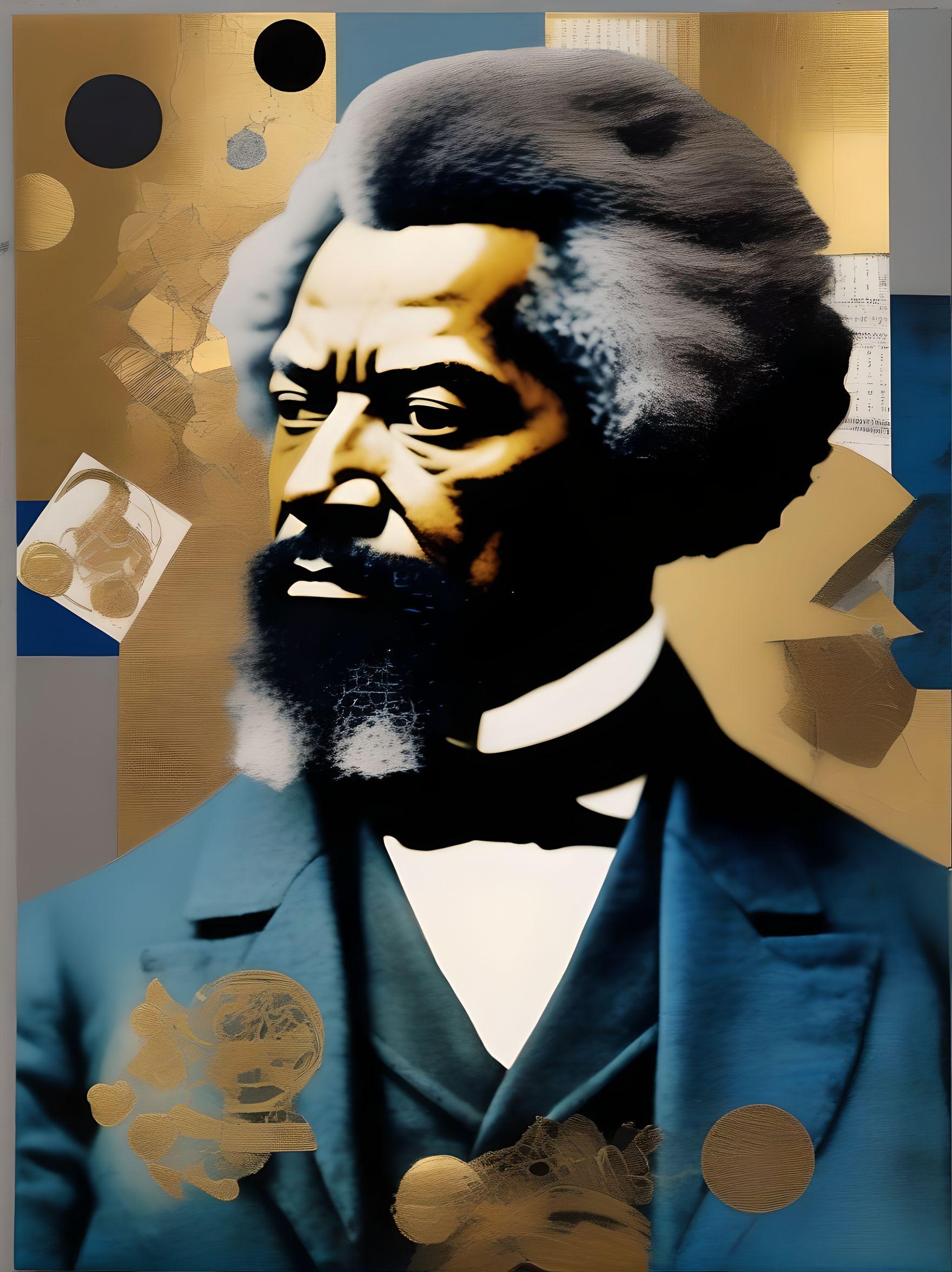
“If I can persuade, I can move the universe.”
FREDERICK DOUGLASS
Abraham Lincoln himself was a master of persuasion. He had an uncanny ability to make people see things his way, not by overwhelming them with facts and figures, but by weaving relatable stories, showing genuine empathy, and finding common ground even with his detractors. His use of storytelling, empathy, and strategic engagement helped him navigate the complexities of his presidency, from managing his cabinet to passing the 13th Amendment.
John F. Kennedy also exemplified persuasive leadership. His vision of landing an American on the moon inspired a nation and galvanized Congress to fund the Apollo program. Through his charisma and compelling communication, he managed to instill a sense of collective purpose and ambition.
Leadership in Today’s Flatter Organizational Structures
Today’s organizational structures are increasingly flat, with less emphasis on hierarchical command-and-control leadership. This evolution towards flatter structures has been driven by a need for greater agility, faster decision-making, and enhanced collaboration. However, this shift presents both benefits and challenges for modern leaders.
The Evolution of Flatter Organizational Structures
Flatter organizational structures emerged as a response to the rapid pace of change in the business environment. Traditional hierarchical models, with their multiple layers of management, often result in slow decision-making processes and a lack of responsiveness to market demands. In contrast, flatter structures aim to reduce bureaucracy, empower employees, and foster a culture of innovation.
By minimizing the layers of management, flatter organizations encourage greater collaboration and open communication. Teams are often cross-functional, bringing together diverse perspectives and expertise to solve complex problems. This collaborative approach not only enhances creativity but also drives better decision-making and more effective problem-solving.
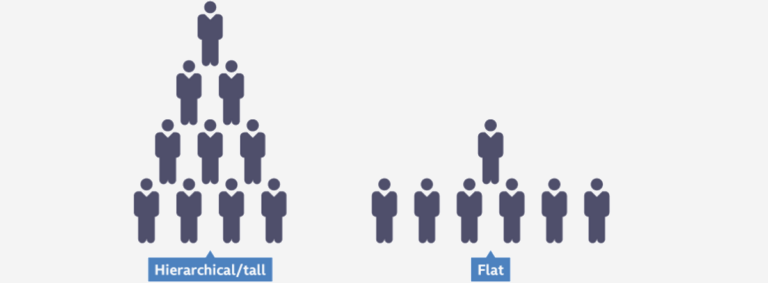
The Benefits and Challenges of Greater Collaboration
While greater collaboration is a significant benefit of flatter structures, it also poses challenges for leadership. In a flat organization, leaders must rely less on formal authority and more on their ability to influence and inspire. The traditional command-and-control style of leadership is less effective in this context, as employees are encouraged to take ownership of their work and contribute to decision-making processes.
Leaders in flatter organizations must possess strong "people skills" to navigate these dynamics successfully. Building trust, fostering open communication, and creating a sense of shared purpose are essential for maintaining productivity and harmony in the workplace. Effective persuasion skills are designed to do just that; they help to build and sustain a high degree of emotional intelligence, and to connect with others on a more human level.
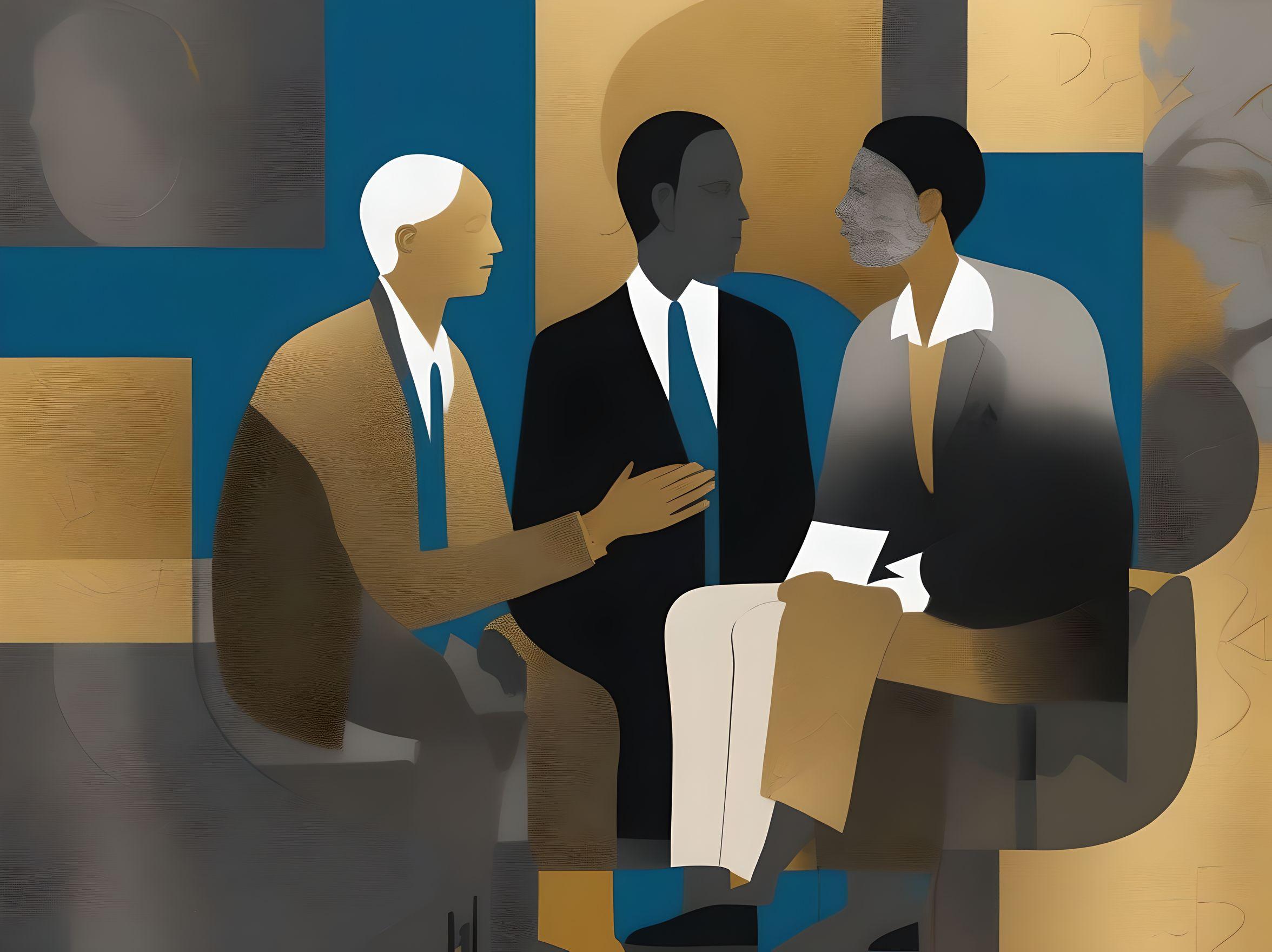
Building trust, fostering open communication, and creating a sense of shared purpose are essential for maintaining productivity and harmony in the workplace.Effective persuasion skills are designed to do just that.
Persuasion skills geared toward mutual benefit are now more critical than ever for leaders who need to secure cooperation, compliance, motivation, and momentum from colleagues and cohorts outside their reporting structure. Many top companies, including Abbvie Pharmaceutical, have turned to the skills and techniques of persuasion. Far more than just a set of tools for marketing and sales, persuasion is about making more meaningful connections with people and creating circumstances favorable enough for people to persuade themselves.
Neuroscience and the Power of Emotional Triggers
Our ability to persuade comes down to what we know about how people make decisions and what we do to influence those decisions. Recent advancements in neuroscience have upended centuries of assumptions about human decision-making. For a long time, it was believed that logic and reason were the best routes to persuasion, a view famously articulated by Aristotle. However, neuroscience has shown that decisions are made primarily in the emotional region of the brain, not the rational, analytical part.
The Advent of Live Brain Scanning
The development of live brain scanning technologies, such as functional magnetic resonance imaging (fMRI) and positron emission tomography (PET), has allowed scientists to observe brain activity in real-time. These technologies have revealed that even seemingly calculated business decisions are processed almost entirely in the emotional centers of the brain.
This discovery was groundbreaking, as it challenged the long-held belief that humans are rational beings who make decisions based on logical analysis. Instead, it became clear that emotions play a central role in decision-making. This insight has profound implications for leadership, marketing, and sales, where the ability to influence decisions is crucial.
The Role of Emotional Triggers
Successful persuasion, therefore, means prompting or triggering the emotional brain. Scientists, researchers, and communication experts have identified different categories of emotional triggers that can be used to influence decision-making. These triggers enable us to select topics and design messaging most likely to be persuasive.
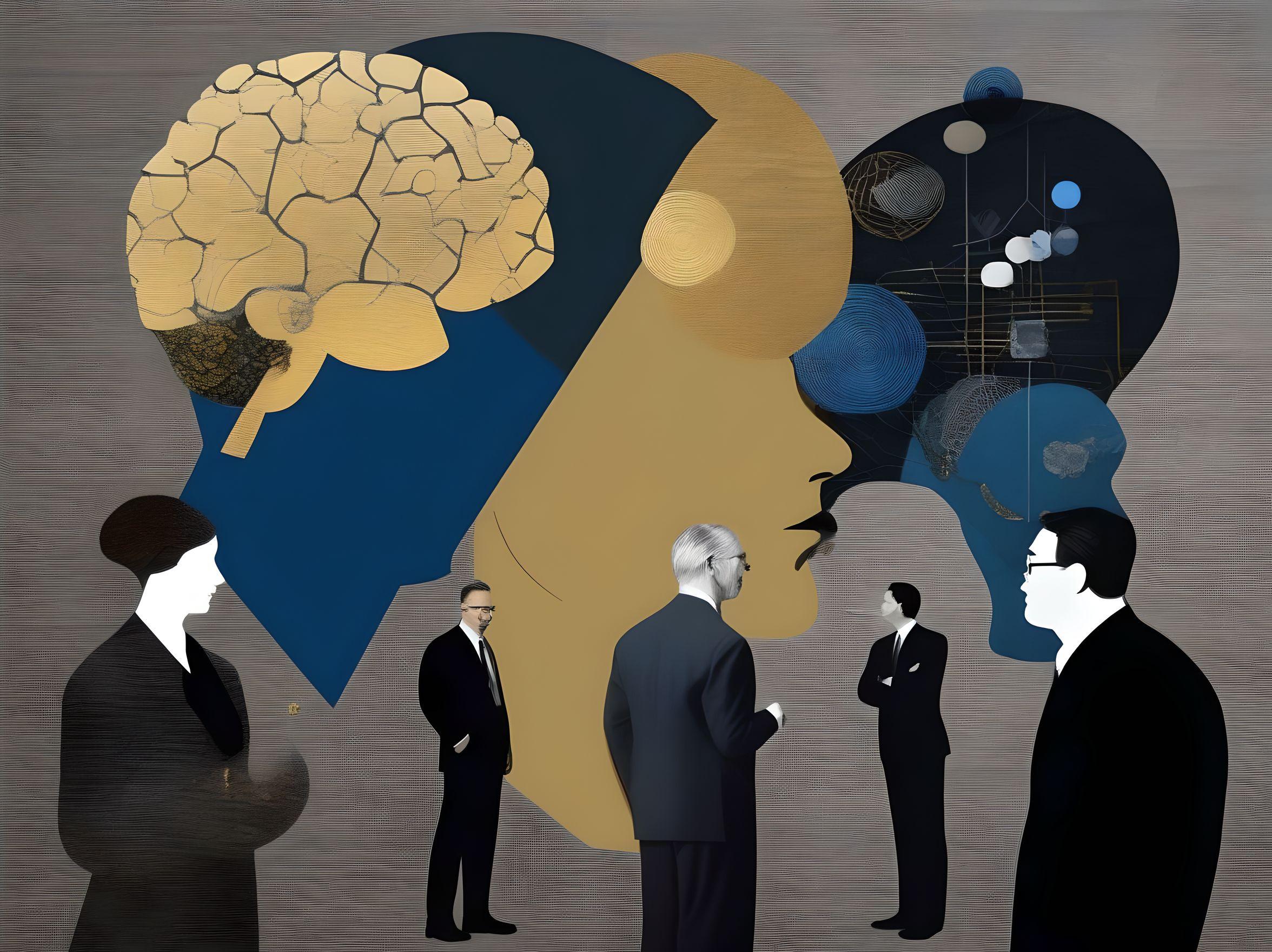
These technologies have revealed that even seemingly calculated business decisions are processed almost entirely in the emotional centers of the brain... This insight has profound implications for leadership, marketing, and sales, where the ability to influence decisions is crucial.
The 7 Triggers to Yes formula equips leaders with tools to resonate deeply with their teams, fostering trust and inspiring action. For example, the Authority Trigger reinforces a leader’s credibility, paving the way for their vision to be embraced wholeheartedly. By utilizing the Hope Trigger, leaders can paint compelling pictures of future possibilities, rallying the team toward shared goals. The Friendship Trigger allows leaders to build rapport and connect on a personal level, creating a cohesive and motivated team environment.
Applying the 7 Triggers in Leadership
By tapping into these emotional triggers, leaders can cultivate an environment where commitment is strong, and the collective drive towards success is unstoppable.

Engage & Ask
The most fertile ground for persuasion is one of active engagement rather than passive observation. Whenever possible, you want participants instead of an audience, so find ways to involve people one-on-one or in groups. The easiest and best way to do that is to ask questions. Don't overthink it, but do pursue one piece of information: learn what the other party is “in it for.” Why do they work? What motivates them? What does “success” mean to them? This information can help you later.

Connect & Align
Make specific reference to what you both have in common, such as shared goals and mutual interests (if you don't already know them, use Step 1 to learn them). They can be personal or professional, calling out the ways in which you share a common experience of the world. We do this with others we like or admire all the time without thinking about it, but in fact this simple act of highlighting similarities activates a powerful emotional trigger, the Friendship Trigger. That doesn’t mean your goal is to build personal friendships, but even simple references to shared experiences or similar interests create a human connection that produces a very fertile field for persuasion.
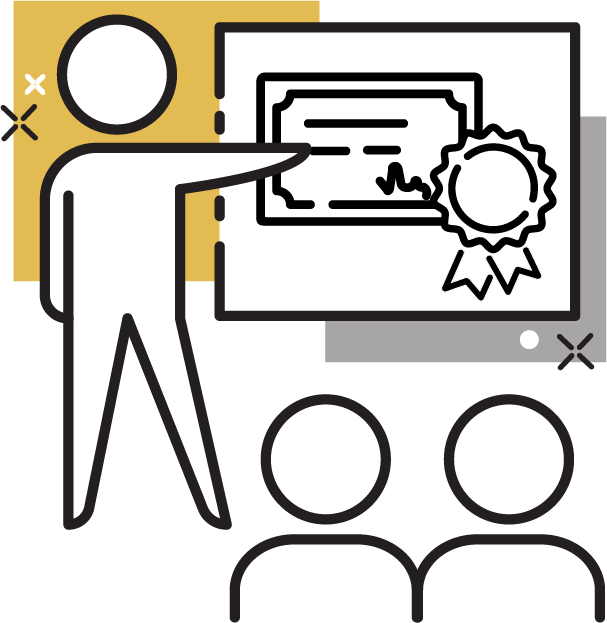
Legitimize Your Leadership
Once you've psychologically set the stage for persuasion by inviting participation and highlighting alignment, establish your role as a leader. But proceed with caution: overdoing it can activate resistance, and underplaying it may not get the productivity – or trust – you need. One way to get the balance right is to view this essential step as a goal of establishing credibility rather than authority.
Even if your people already know your background and capabilities – but especially if they don't – it's essential that you call out the factors that make you particularly well-suited to your role in leading the initiative. It's not about proving yourself or bragging about your accomplishments, but rather to assure others that they are in capable hands. Your cohorts need to see you as an authority, not because that's their reason to produce, but because it's the other half of the trust equation: the engagement and alignment created in Steps 1 and 2 are designed to produce personal trust, while the credibility produced by activating the
Authority Trigger is designed to produce professional trust.
The key to influencing without authority is to achieve just the right combination of these two emotional triggers, Friendship and Authority. When activated together, your persuasive power strengthens. There's even a name for this dynamic: the “Halo Effect.” The term refers to the highly favorable way virtually anything proposed or produced by someone who has successfully activated these triggers is viewed.

The “Halo Effect”refers to the highly favorable way virtually anything proposed or produced by someone with a substantially positive profile is viewed. In persuasion terms, this often means successful activation of the Friendship and Authority triggers.
Activate Hope and Provide a Reason Why
The final step for gaining unambiguous support and willing compliance is to activate two more powerful emotional triggers.
When you identify and then highlight the potential outcomes or benefits that are specific to the other person — recognizing that those potential benefits are likely very different from yours — you activate the Hope Trigger. Using what you learned in step one, show how alignment with your proposed agenda will help contribute to, or create momentum for their goals.
This in turn activates the Reason Why Trigger, giving them a very tangible reason to do what you’re proposing. This is essential when you have no formal authority. But what if your initiative doesn’t tie in with an outcome or goal that has meaning for the other person? Studies have repeatedly shown that the brain is inclined to accept nearly any rational, feasible reason. So, while full transparency is certainly ideal whenever possible, any reason is better than no reason at all.
Real-World Applications
Mike Iandolo, VP and General Manager of the Mobility Business Group at Cisco Systems, became an advocate of trigger-based communication solutions while president of the Wireless Networks Group at Alcatel-Lucent. "In today's corporate environments, you need to cultivate support and buy-in regardless of reporting structure," Iandolo shared. "Triggers are applicable even if you do have authority, and absolutely essential if you don't."
The Managed Care team at Abbvie Pharmaceutical had been continually challenged in getting the level of support they needed from the company field reps. Through a series of workshops, the Managed Care teams developed specific approaches to persuasive communication initiatives using a trigger solution set. Within weeks, key metrics like access, response time, rep reporting content, and client engagement started to climb, leading to significant upticks in product orders.
Conclusion
Effective persuasion skills are essential for modern leadership success. By mastering the art of persuasion and using emotional triggers, leaders can inspire action, foster trust, and achieve extraordinary results. Persuasion is not about tricks or gimmicks but about connecting with others in meaningful ways to create win-win outcomes. Embrace the power of persuasion and watch your leadership capabilities soar.
Get your colleagues and customers more emotionally connected to your ideas and offers and win more yes decisions.

Video Courseware + Custom AI Software
SELF-SERVE | SELF-PACED | TURNKEY | SUPPORT
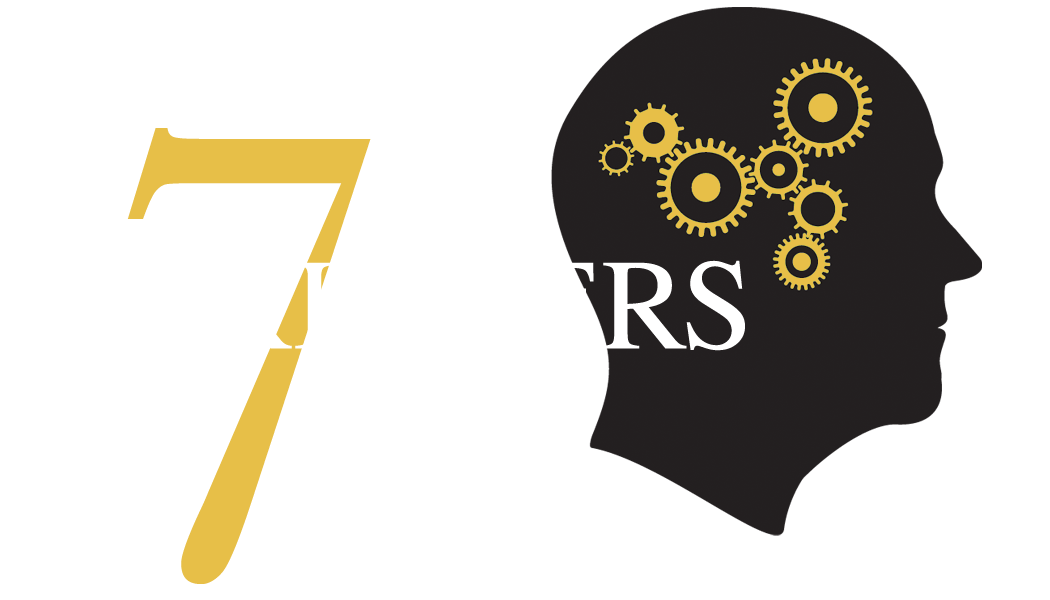
IT'S SCIENCE. BUT IT WORKS LIKE MAGIC.
It's time to put more yes in your life!

© Rising Tide Partners | Professional Education Corporation • All Rights Reserved.
